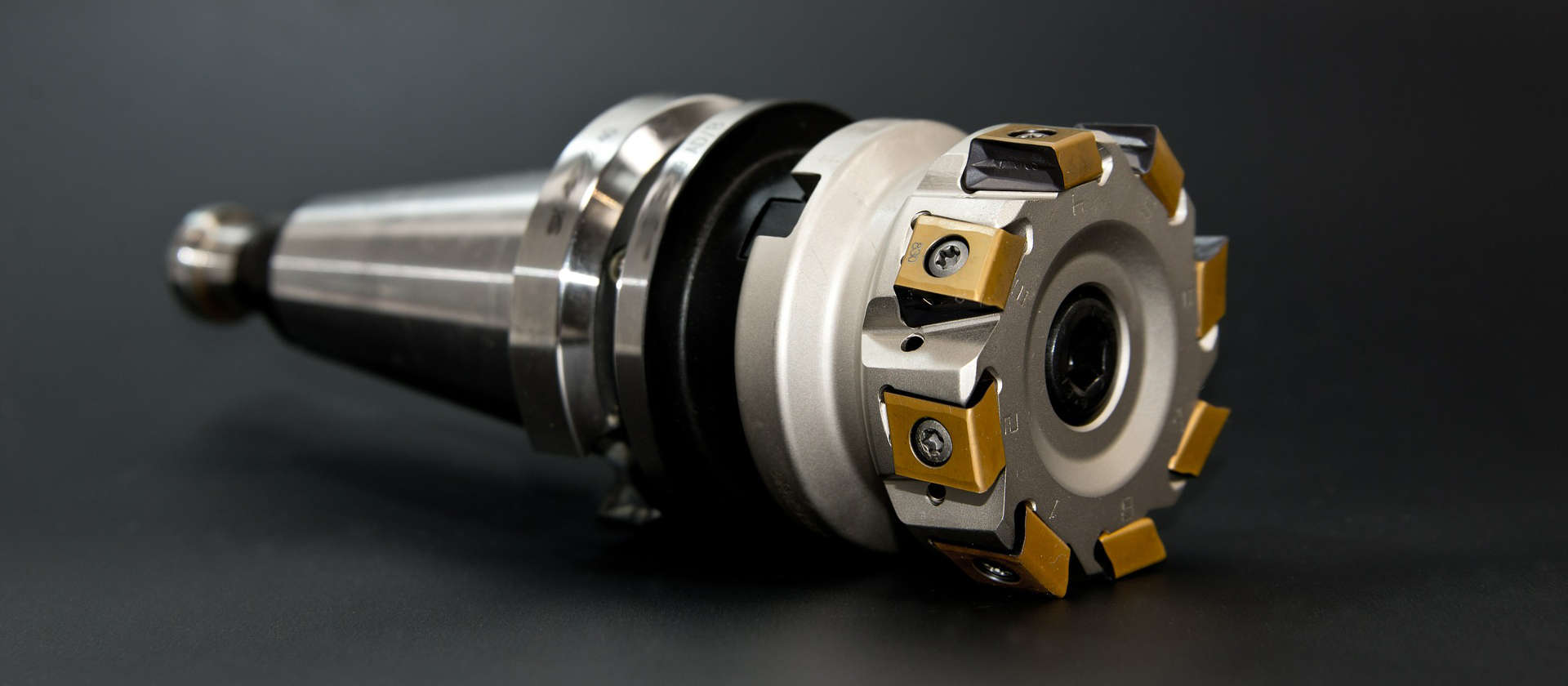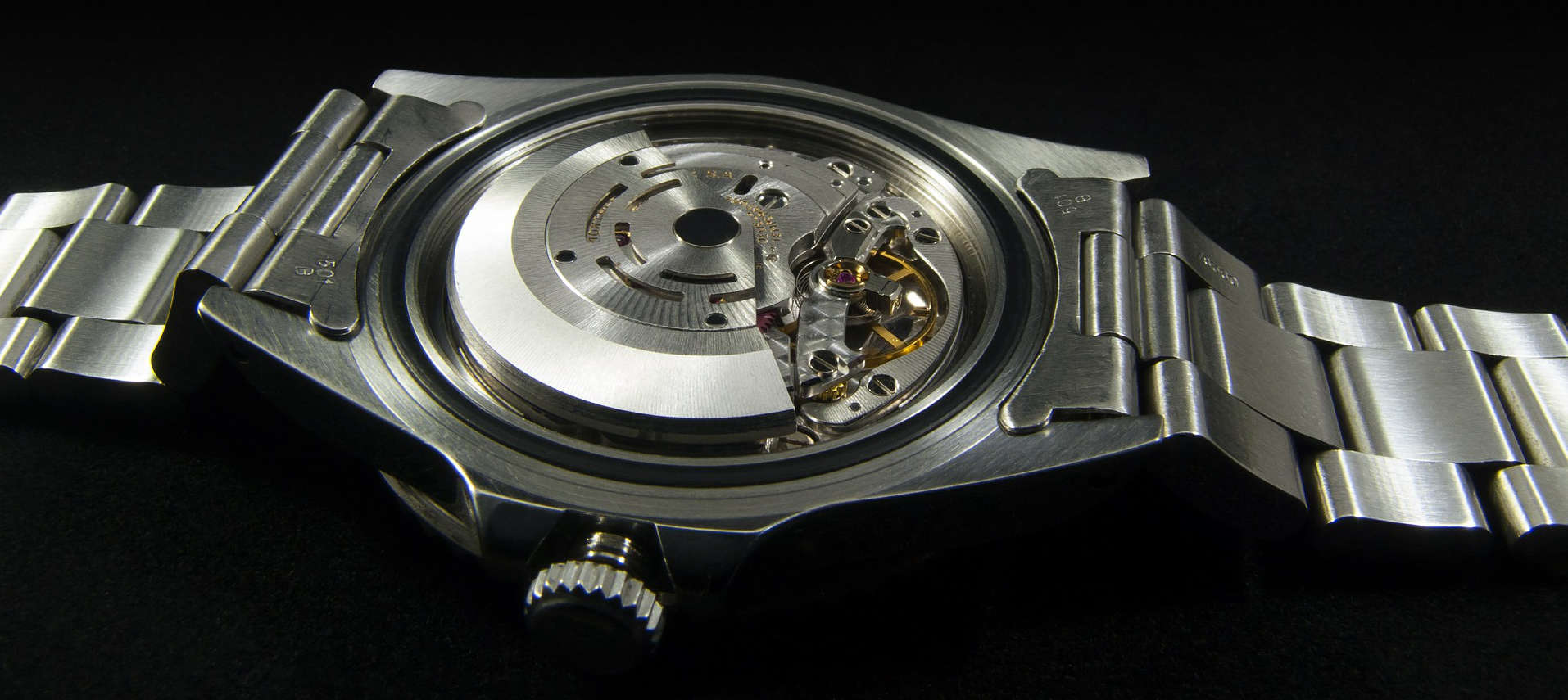PVD – Pressure Vapour Deposition Techniques and Advantages
The new plant line for PVD treatment installed in the CM Group facility in Vobarno (Brescia) relies on cathodic-arc evaporation deposition. Using this technique, it is possible to obtain a wider range of standard colours, as well as customized coatings studied specifically and based on exact customer requirements. All PVD treatments can be applied with either a shiny, satin or pearl finish. Small lots, samples and tests can be treated, too. Basically any type of solid material can be coated using a PVD treatment: ferrous and non-ferrous metals (steel, stainless steel, titanium, brass, aluminium, and all types of alloys), glass and crystal, ceramics, wood, polymers and most plastics.
Ask for an estimate for your needs
This article talks about the techniques and industrial or research processes used for PVD, Physical Vapour Deposition:

1. Cathodic-arc evaporation or Arc-PVD |
1. Cathodic-arc evaporation PVD
Cathodic-arc physical vapour deposition or Arc-PVD, is a physical (and not chemical) coating technique that uses an electric arc to vaporise the finishing material, which can be Titanium Nitride, Chrome Nitride, Titanium Carbo-Nitride, Aluminium Nitride, Titanium Nitroxide or other metal based on the colour tones desired, depositing a thin layer on the object to be coated.
The material to be deposited on the object to be coated is vaporized from a cathode target and condensates on the surface, forming a thin film on the order of 0.5 to 2 μm.
The operation of the cathodic arc is based on the evaporation of the material under low voltage, high current conditions. During evaporation, the material on the surface of the cathode is quickly transformed from the solid state to plasma using a combination of intense ionic bombardment and ohmic heating. The condensation of the high energy ion gas flow and cathode on the surface of the object allows coatings to be formed with a very high density and metastable structures.
Arc physical vapour deposition can be performed using a number of techniques:
- Arc under vacuum: The plasma forms between the surfaces of the electrodes. The ions move more slowly than the electrons, a positive charge is generated in the plasma, and the positive ions are driven far from the plasma itself, toward higher energies. This means that vacuum deposition, without the addition of heat, is accompanied by high-energy ion bombardment.
- Anodic Arc: The electrons melt and vaporise the anode. The current density is lower than that used for arc under vacuum, but there is no formation of melted particles, and the degree of ionization of the vaporized material is lower.
- Cathodic Arc: The cathode can be melted or solid. If solid, there is the formation of drops that could generate defects on the surface finish.
- Plasma Arc: The presence of a magnetic field keeps the electrons at a volumetrically neutral charge in the plasma.
The defining characteristic of all PVD finishes is the hardness that can be obtained, which protects the surface of the base material.

2. Sputtering PVD
PVD Sputtering is the process of physical vapour deposition with the expulsion of atoms due to the bombardment of a solid surface with energy particles.
The source of the ions for the Sputtering process is obtained by a plasma discharge.
The depth of penetration of the ions, the size of the collision cascade, and the number of surface atoms removed depends on the mass and energy of the ions, and on the composition and structure of the target.
After ionic bombardment of the target surface, secondary electrons are often emitted: experiments clearly show that the ions of noble gases give the maximum Sputtering yield, due to the fact that inert gases are not interested in “steeling” the electrons needed for the ionization collision near the cathode.
PVD and Sputtering are at times considered two different coating techniques, while they actually are the same process: in both cases the metal is made available in a gross state in the vacuum chamber and is thereafter deposited on the parts. There are fine differences in the method in which the material to be deposited is made available.
3. Pulsed laser deposition PVD
Pulsed laser deposition is a physical vapour deposition (PVD) technique where a high-powered, pulsed laser beam is focused on the interior of a vacuum chamber to impact the material to be deposited. This material is vaporized in a plasma plume that deposits it as a thin film on the object to be coated. This process can occur under ultra high vacuum or in the presence of a base gas. While the basic configuration is simple compared to many other deposition techniques, the physical phenomena of the laser-target interaction and the growth of the film are rather complex. .

4. Electron-beam PVD
In the electron beam PVD process, a hot filament generates a high electronic current, the electron beam is accelerated between the filament and the anode at a high voltage, and is deviated 270° using a suitable magnetic field. This is done to avoid that the filament that emits the electrons is exposed to the material to be evaporated.
The incident electrons dissipate their kinetic energy in the material, causing it to heat and then evaporate. This technique can be used to reach greater growth speeds. Furthermore, the films have a purer, more regular appearance given that the material to be evaporated melts locally and the crucibles maintain a relatively low temperature. The real disadvantage of this technique lies in the X-rays produced by the incident electron beam, which can damage parts of devices already present in the substrates. Research into insulating materials has allowed the reliability and life time of the beam to be increased.
5. Thermal Evaporation
Thermal evaporation is one of the oldest techniques for thin-film deposition. Anymore, it is only used in research laboratories rather than in industry. In its most simple form, a current of significant intensity crosses a metal crucible with a high melting temperature to obtain a series of fundamental stages for the process:
- Sublimination of a solid or evaporation of a liquid to form an airborne species
- Transport of the atoms or molecules from the source to the substrate to be coated
- Deposition of the particles on the substrate and film growth.
6. The advantages of thin film PVD coatings
The PVD technique allows very pure thin films to be obtained with a good structure. It can create a wide variety of compounds, from simple metal deposition to alloys, and even conductive and insulating compounds. This enormous flexibility can be considered a significant advantage. In fact, the possibility of having deposits of different nature from starting materials provides a wide variety of finishes, both for decoration due to the range of colours that can be obtained, and on a functional level due to the chemical-physical characteristics of the film, its hardness and its strength. The result of the finish provides the treated object with superior characteristics than any other chemical or electro-chemical treatment, and guarantees a perfectly sustainable coating, with minimal environmental impact, hypoallergenic, and 100% compatible with use in the medical and food industries.
Ask for an estimate for your needs



